
Summer is upon us and things are heating up, literally. That’s worrisome given the effect that heat has on human health, both on the body and the mind.
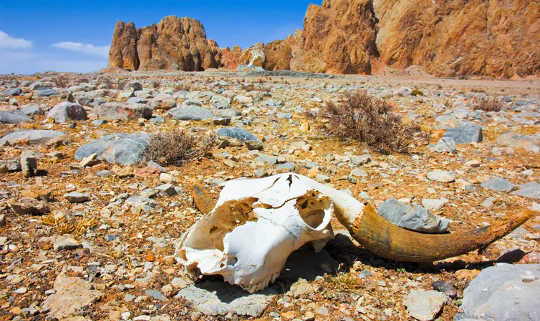
Since the 1980s, increasingly frequent and intense heatwaves have contributed to more deaths than any other extreme weather event. The fingerprints of extreme events and climate change are widespread in the natural world, where populations are showing stress responses.
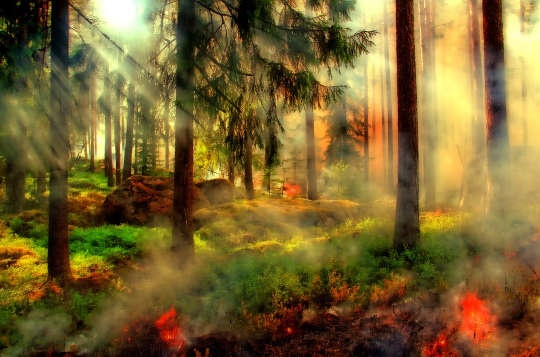
Just about every indicator of drought is flashing red across the western U.S. after a dry winter and warm early spring. The snowpack is at less than half of normal in much of the region.
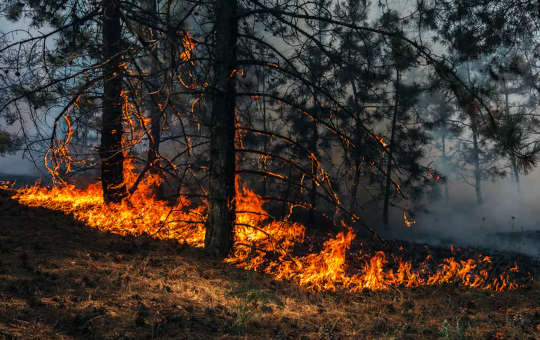
The climate crisis is no longer a looming threat – people are now living with the consequences of centuries of greenhouse gas emissions. But there is still everything to fight for.
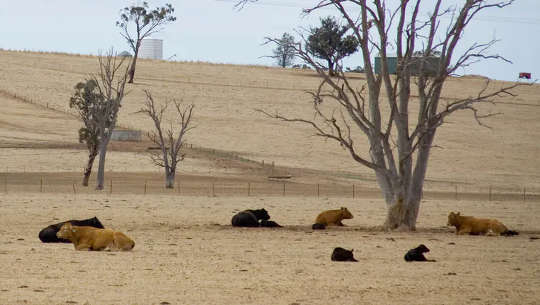
We wait in anticipation of droughts and floods when El Niño and La Niña are forecast but what are these climatic events?
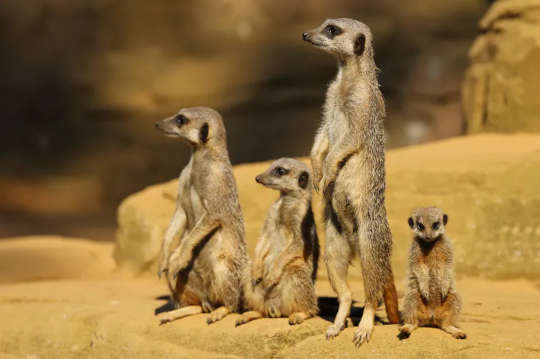
Even with fires, droughts and floods regularly in the news, it’s difficult to comprehend the human toll of the climate crisis. It’s harder still to understand what a warming world will mean for all the other species we share it with.

It is really hard to know how a species is doing by just looking out from your local coast, or dipping underwater on scuba

We’re all going to die. This is the repeated warning about climate change in some media: if we don’t change our ways we face an existential threat. So why haven’t we got a policy solution in place?
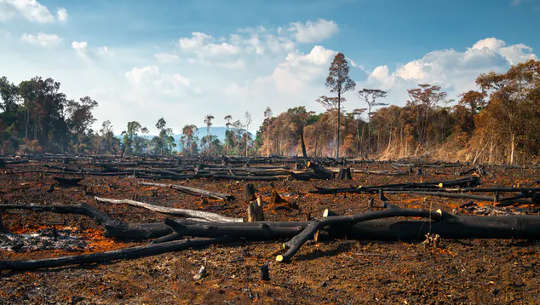
The destruction of tropical forest is a major contributor to biodiversity loss and the climate crisis. In response, conservationists and scientists like us are debating how to best catalyse recovery of these forests. How do you take a patch of earth littered with tree stumps, or even a grassy pasture or palm oil plantation, and turn it back into a thriving forest filled with its original species?
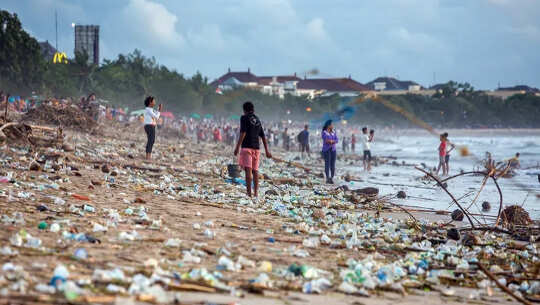
Ocean pollution is widespread and poses a clear and present danger to human health and wellbeing. But the extent of this danger has not been widely comprehended – until now.
- By Robert Wilby

Another year, another climate record broken. Globally, 2020 tied with 2016 as the warmest year ever recorded. This was all the more remarkable given that cool conditions in the Pacific Ocean – known as La Niña – began to emerge in the second half of the year.
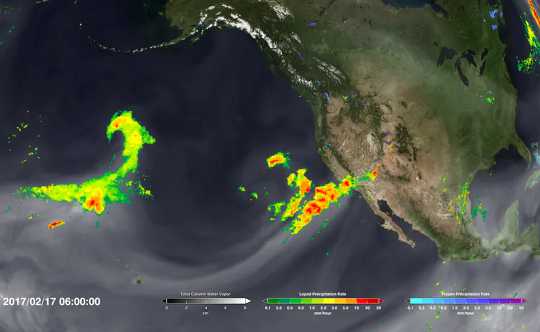
Ask people to name the world’s largest river, and most will probably guess that it’s the Amazon, the Nile or the Mississippi. In fact, some of Earth’s largest rivers are in the sky – and they can produce powerful storms, like the one now soaking California.
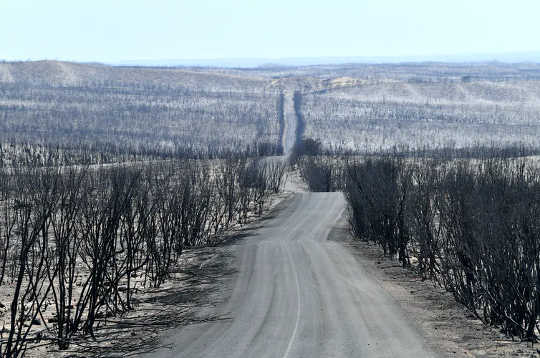
Anyone with even a passing interest in the global environment knows all is not well. But just how bad is the situation? Our new paper shows the outlook for life on Earth is more dire than is generally understood.
- By Brice Rea
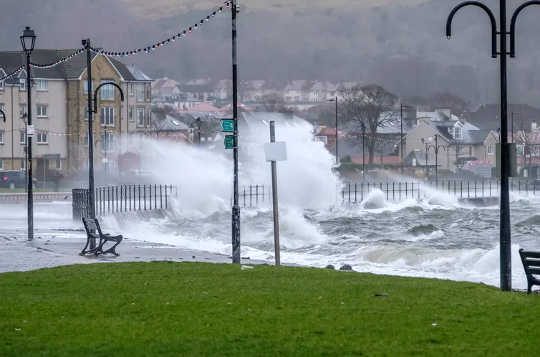
The end of the last ice age, around 12,000 years ago, was characterised by a final cold phase called the Younger Dryas. Scandinavia was still mostly covered in ice, and across Europe the mountains had many more, and larger, glaciers than today.

The catastrophic fires in Australia in early 2020 were actually a holdover from 2019, but they were soon followed by flooding in Indonesia, a super-cyclone hitting the coast of India and Bangladesh and then more flooding, this time in Kenya and wide swaths of Central and West Africa.
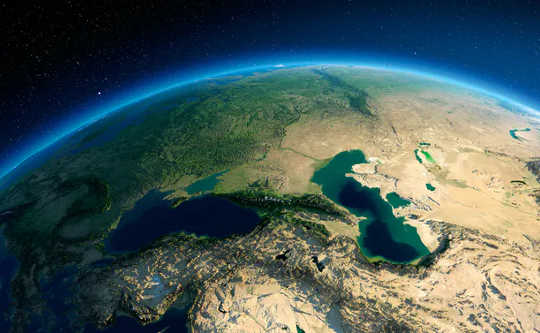
Imagine you are on the coast, looking out to sea. In front of you lies 100 metres of barren sand that looks like a beach at low tide with gentle waves beyond. And yet there are no tides.
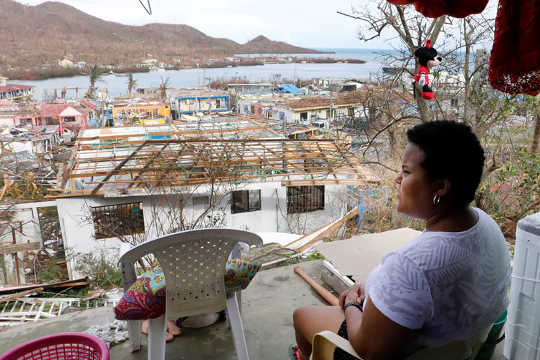
The year 2020 will no doubt go down in history for other reasons, but it is also on target to be one of the warmest on record. And as the climate warms, natural hazards will happen more frequently – and be ever more lethal.

As global temperatures rise, snowy winters could become a thing of the past in much of the UK, according to a recent Met Office analysis.
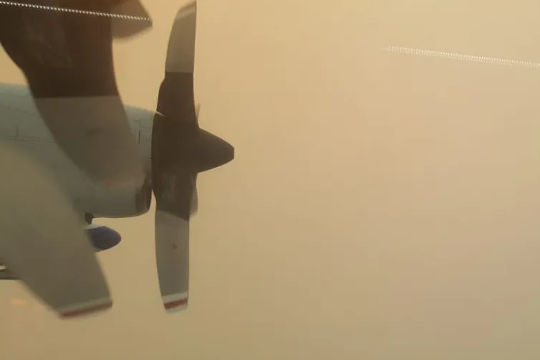
The year 2020 will be remembered for many reasons, including its record-breaking wildfires that turned San Francisco’s skies an apocalyptic shade of red and blanketed large parts of the West in smoke for weeks on end.
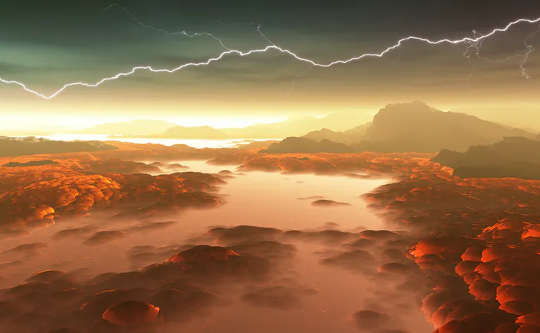
We can learn a lot about climate change from Venus, our sister planet. Venus currently has a surface temperature of 450? (the temperature of an oven’s self-cleaning cycle) and an atmosphere dominated by carbon dioxide (96 per cent) with a density 90 times that of Earth’s.
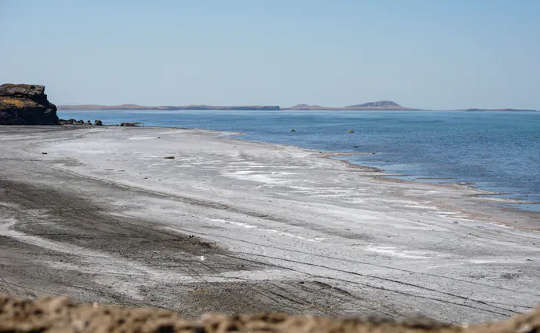
Salt storms are an emerging threat for millions of people in north-western Iran, thanks to the catastrophe of Lake Urmia.
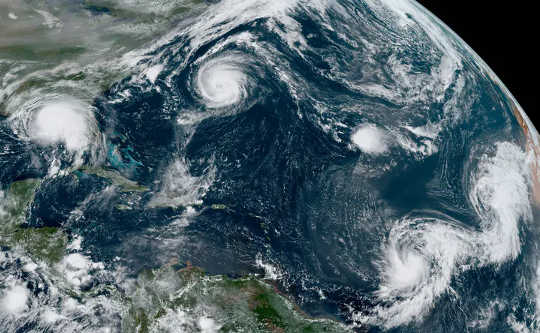
We’re looking back at a trail of broken records, and the storms may still not be over even though the season officially ended on Nov. 30.
- By Philip James

Temperature and day length were traditionally accepted as the main determinants of when leaves changed colour and fell, leading some scientists to assume that warming temperatures would delay this process until later in the season.














